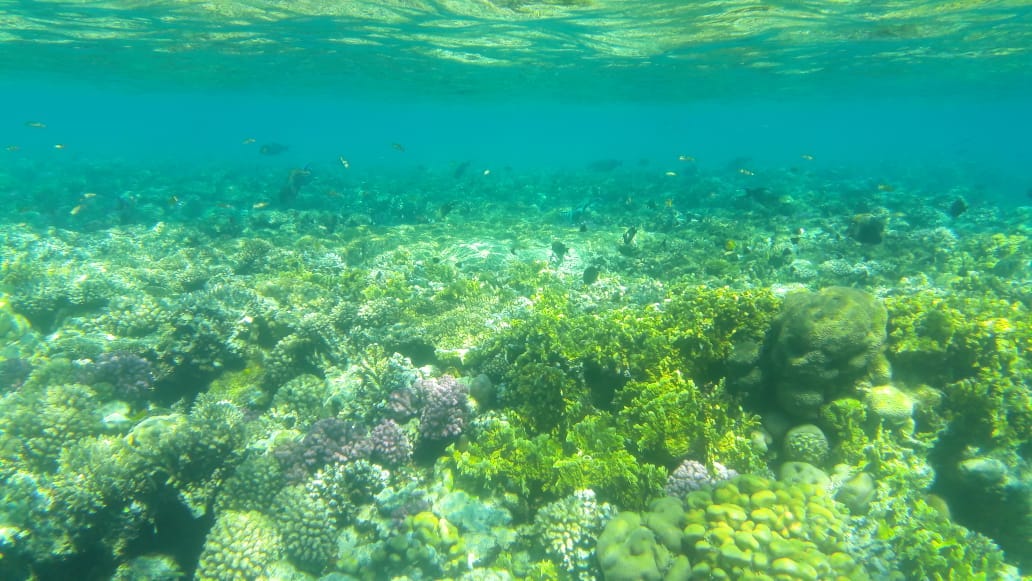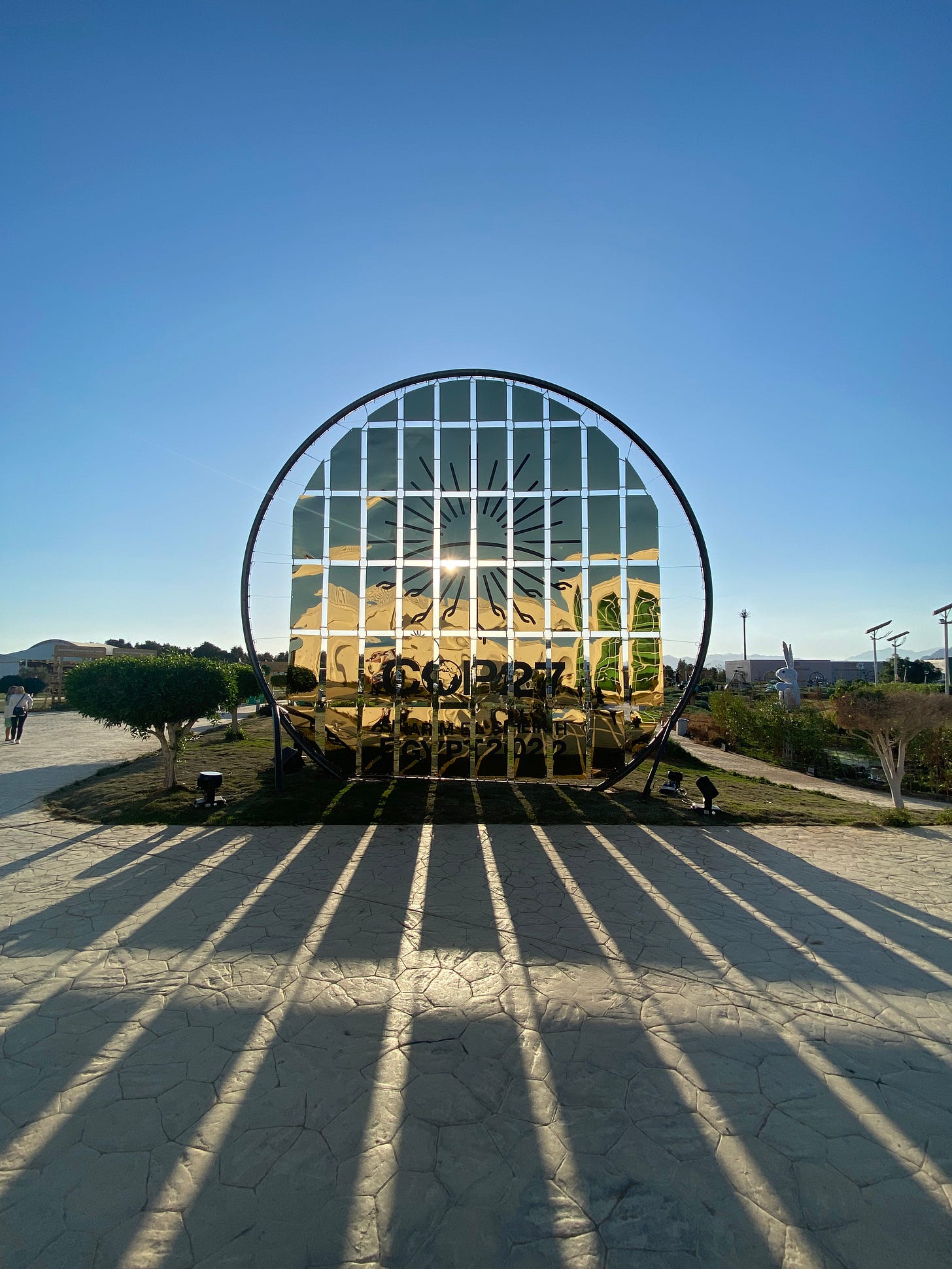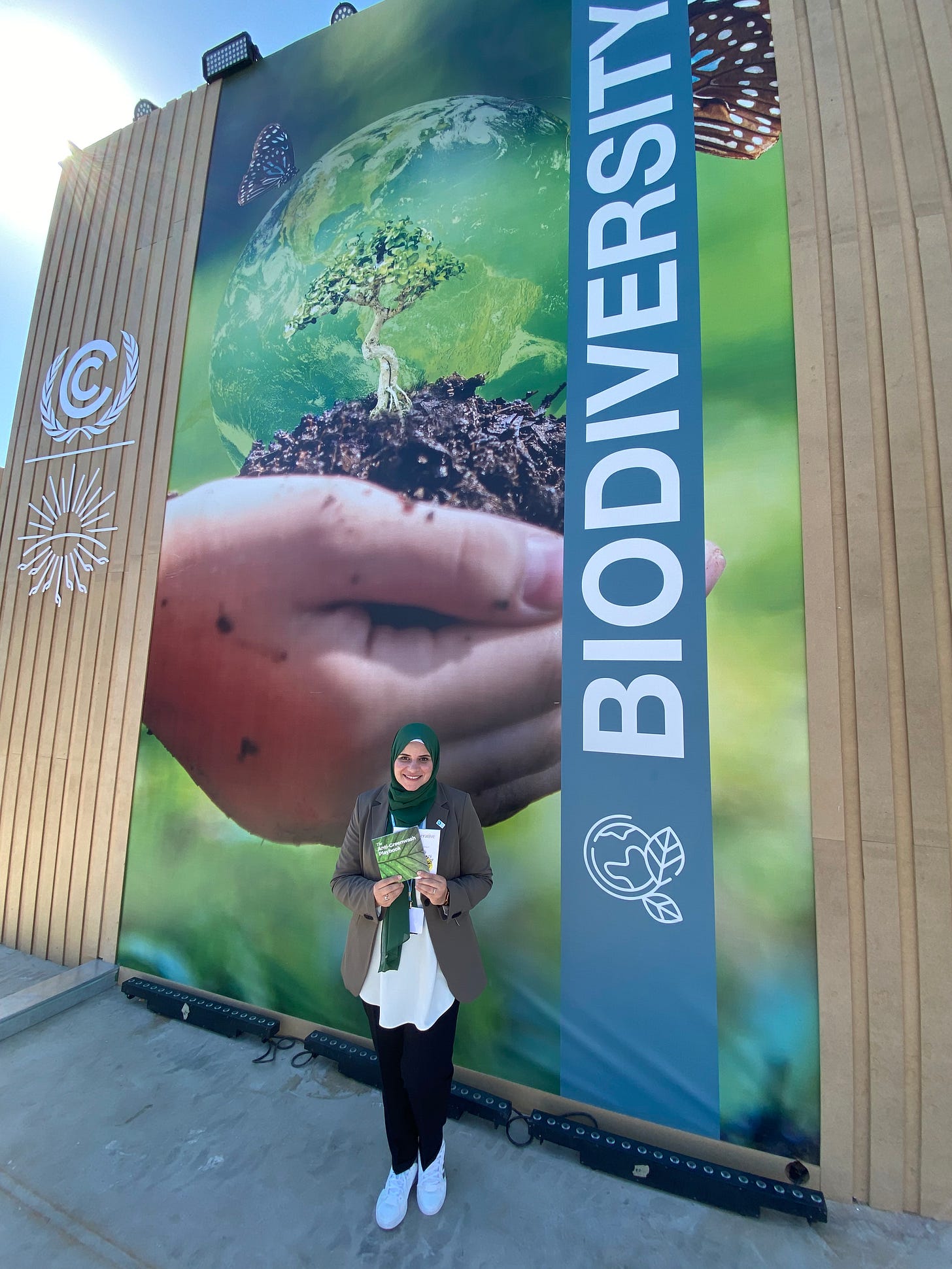Welcome to Regen/Notes with further comment and insights from COP27 and a look forward to COP15

So COP27 came to an extended end with an agreement, not as good as many wanted, better than many feared. Yet the fact that highly skilled negotiators from just under 200 countries can arrive at a common agreement on climate is once again a significant achievement in itself. And, as in all collaborative agreements it represents a baseline that all countries can agree to, yet many will take actions above the official COP27 statement threshold.
One good to celebrate is the final commitment as those 190+ countries agreed to establish a fund for loss and damage. This does represent a significant milestone, with the rich, western, northern hemisphere now listening to the indigenous voice and those whose countries, lives and economies are really threatened by climate change, caused by the actions of the wealthier countries.

The UNFCCC define loss and damage as harm resulting from sudden-onset events (climate disasters, such as cyclones) as well as slow-onset processes (such as sea level rise) Loss and damage can occur in human systems (such as livelihoods) as well as natural systems (such as biodiversity), though the emphasis is on human impacts.
Funding for Loss and Damage is vital - as Reuters reported
55 vulnerable countries estimated their combined climate-linked losses over the last two decades totalled $525 billion, or 20% of their collective GDP. Some research suggests that by 2030 such losses could reach $580 billion per year.
Yet as in Glasgow, there is a sense of kicking the real action can down the road. It is the head in the sand roulette approach against the increasingly narrow window for action - and survival. Kicking the can, in the words of Guterres further on down the highway to climate hell.
Loss and Damage is agreed in principle only with the details of the fund, and where the funds are to come from, yet to be agreed. There is also the very real danger this is seen as a license to continue emitting, a downpayment on disaster, a payment to offset Loss and Damage. (Very much the same argument as carbon offsetting)

The Paris 1.5 agreement hangs on a life support system without the necessary commitment to phase down or phase out fossil fuels (hardly surprising given the huge number of fossil fuel lobbyists at COP27).The meeting did secure more commitments to cut methane pollution and a renewed, desperate call to keep the planet from warming more than 1.5 degrees Celsius
The 1.5C climate goal died at Cop27 – but hope must not. Every fraction of a degree increases human suffering, so the fight to end the fossil fuel industry must ramp up
A third, perhaps most, important area at COP27 was biodiversity, and despite a dedicated day, the final outcome was to also kick the biodiversity and nature can down the road to the next COP15 in December. Doing so perhaps as a lack of real biodiversity awareness when viewed with the geo-political-economic blinkered approach to climate actions based on carbon reduction.
“There is no pathway to limiting global warming to 1.5C without action on protecting and restoring nature. Only by taking urgent action to halt and reverse the loss of nature this decade, while continuing to step up efforts to rapidly decarbonise our economies, can we hope to achieve the promise of the Paris agreement”
Montreal will bring 196 nations together for the Conference of the Parties (COP) 15 to hammer out a new 10-year plan to reverse the accelerating loss of life on Earth. It needs to be as important as the Climate COPs.
Regenerative COP.
We have a long way to go to see a tipping point and shift from sustainability to restorative and regenerative at global events such as COP27. It is too easy to say that such shows are not relevant or worthwhile, but it is here that agreements and commitments are forged, and therefore up to us in the regenerative, (healing the future, enabling life to thrive), sustainability space to use our agency and advocacy to inform, inspire and influence decision makers.
And then we have COP15 - perhaps closer to regenerative thinking - with targets such as 30x30 (increasing the area of protected lands and waters in most countries to 30 percent by 2030) needing to become as influential as the carbon 1.5 deg target. The key in the biodiversity agenda is that it shows us that nature and people are connected and that we are totally dependent on a living thriving natural environment. And also, that our existing conservation vision of protecting pockets of land as landscaping, parks and wilderness areas will never be enough.
We need to step up and act personally on behalf of biodiversity; to learn about local ecosystems; get involved with protection; pay more attention to agriculture and how food gets to our table; ask better questions and make better choices given our built environment’s oversized impact on biodiversity and climate; and importantly to connect the dots between climate, natural and human health.
Our Storms and Starlight session, pulling inspiration from Living Future Europe, The Regenerative Playbook and The Biophilic Society was noted by UNFCCC as the most interactive and best session in the Action Hub. Here we asked the question (via Slido) What at COP27 are you happy about? The responses were very encouraging.
Love
Not a word that features in COP27 agreements, commitments and statements, yet as Ed Gullispie wrote a few years ago now, the world does not need spreadsheets and papers, but love,
“The planet does not want to be saved. Or rescued. Or even changed. Our planet wants to be loved. Love is not a game of numbers and spreadsheets, checks and balances, debts and contracts. It is an exalted dance of joy, respect and gleeful, mutual appreciation and true partnership. We should all be dancing. But right now the music’s stopped. And I sense it won’t authentically restart until we properly reconnect with what really matters, our deeper selves, each other and our home”
and as Robin Wall Kimmerer in her latest newsletter for Brown University comments, we haven’t loved the earth enough and in many ways have forgotten how to. We’ve surrendered our values to an economic system that actively harms what we love.
“We don’t always act upon it, but we know how to love each other, be grateful for each other, and be in reciprocity with each other. We can extend those human gifts to our non-human relatives. I think we’re in this place [of rapid climate change] because we haven’t loved the land enough. What needs to change is a greater expanse of how we channel that love.”
From LEED to Living Buildings: Zoom Regenerative 51
A date for your diary … our next edition is with long time friend, supporter and pollinator with zR Luis Huertas on December 13th at 8pm UK, sharing insights and reflections on the journey from Seed to Living Buildings. Registration and Details here.
One to Watch
At COP27 American Forests announced plans to expand its Tree Equity Score tool to the United Kingdom in 2023, in partnership with the Woodland Trust and the Centre for Sustainable Healthcare (CSH).
Regen/Notes Messages
With twitter collapsing and face of social media looking increasingly bleak, substack have created an exclusive space for Regen/Notes subscribers - download the app and join the chat …
There are two years of Regen/Notes in our library.
And did you know you can gift or donate subscriptions?






